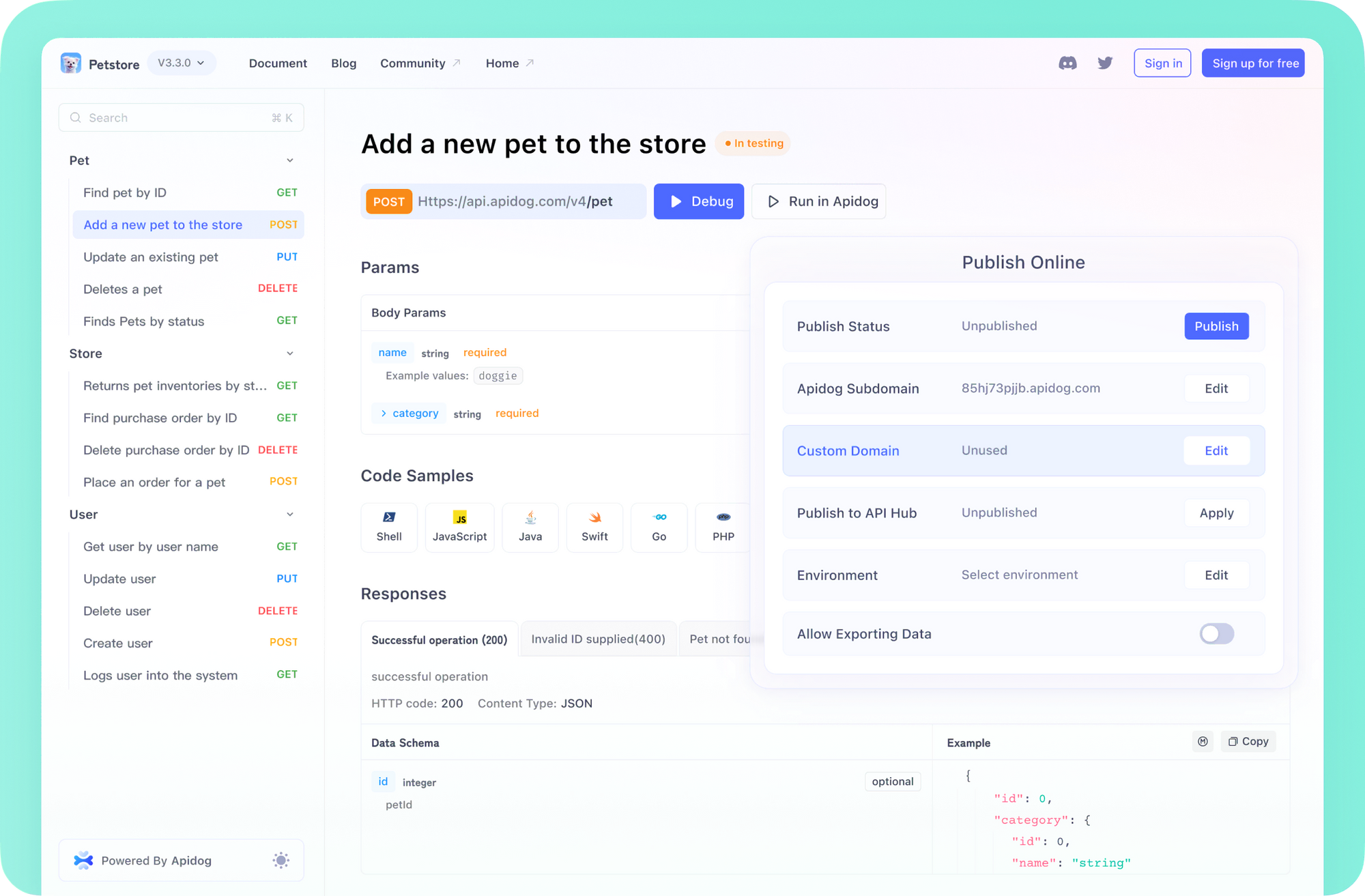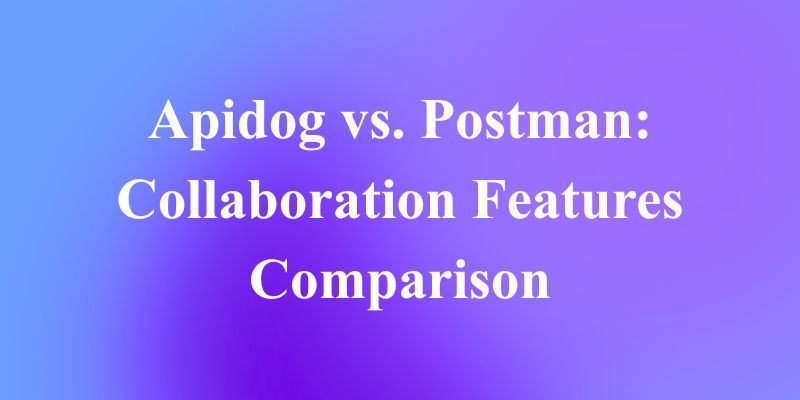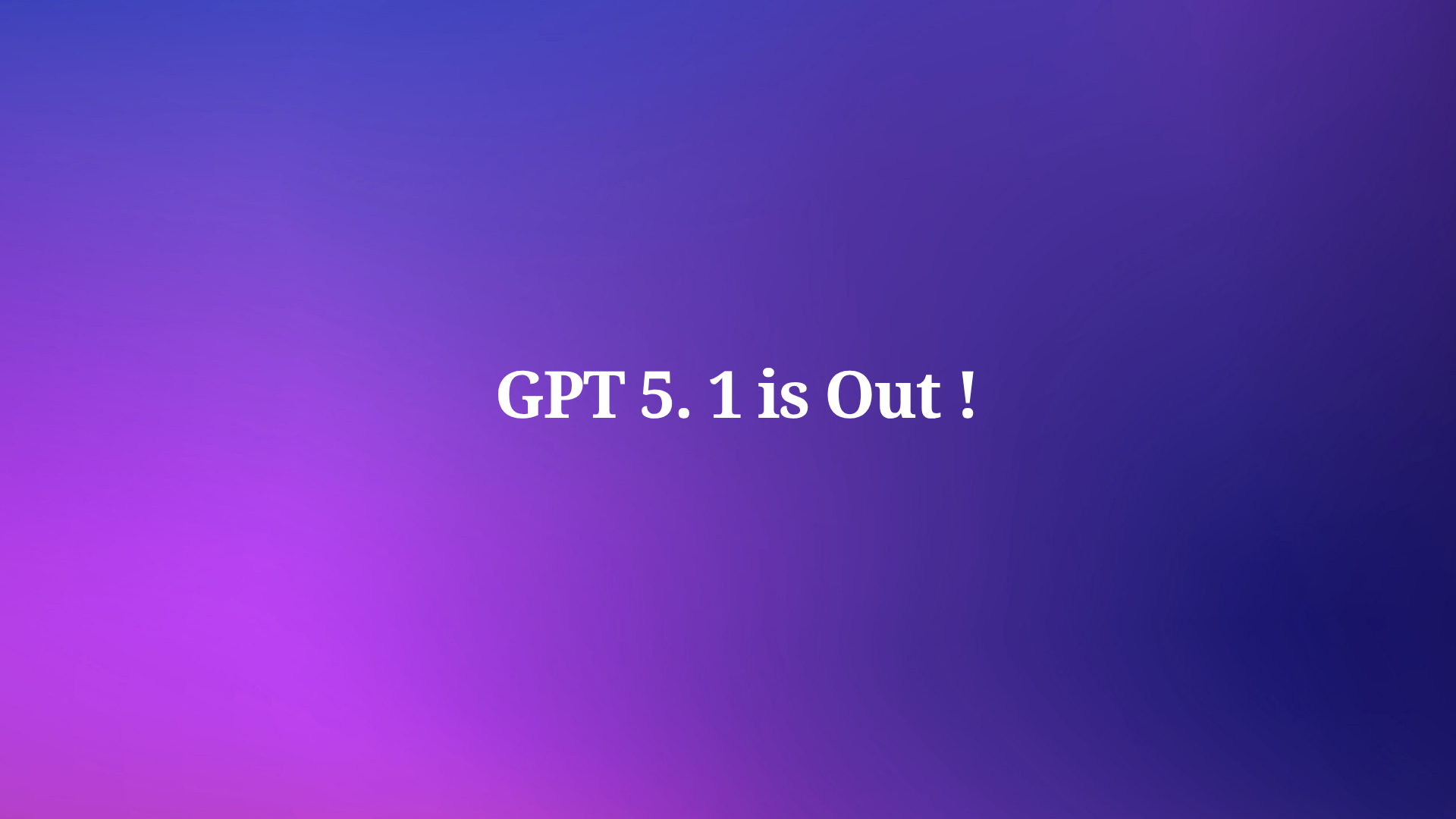Large Language Models (LLMs) has unlocked remarkable capabilities, powering everything from sophisticated chatbots to complex code generation. However, this progress comes at a steep price. Training and running models with tens or hundreds of billions of parameters demand vast computational resources, substantial memory footprints, and significant energy consumption. This creates barriers to access, limits deployment scenarios (especially on edge devices), and raises environmental concerns. In response, a vibrant area of research focuses on model efficiency, exploring techniques like pruning, knowledge distillation, and, most notably, quantization.
Microsoft's release of microsoft/bitnet-b1.58-2B-4T on Hugging Face represents a potentially groundbreaking step in this quest for efficiency. It embodies the principles of BitNet, a model architecture designed to operate with extremely low-bit weights, pushing the boundaries of quantization far beyond conventional methods. This "quick look" delves into what BitNet b1.58 is, the significance of its parameters (2B) and training data (4T), its potential implications, and the underlying concepts driving its development.
Want an integrated, All-in-One platform for your Developer Team to work together with maximum productivity?
Apidog delivers all your demands, and replaces Postman at a much more affordable price!

The Tyranny of Precision: Why Quantization Matters
Traditional deep learning models typically store their parameters (weights) and perform computations using 32-bit (FP32) or 16-bit (FP16 or BF16) floating-point numbers. These formats offer high precision, allowing models to capture subtle nuances in data. However, this precision comes at the cost of memory usage and computational intensity.
Quantization aims to reduce this cost by representing weights and/or activations using fewer bits. Common approaches include:
- INT8 Quantization: Using 8-bit integers. This significantly reduces memory (by 4x compared to FP32) and can accelerate computation, especially on hardware with dedicated INT8 support (like modern GPUs and CPUs). It often yields minimal accuracy loss for many models.
- Lower-bit Quantization (INT4, INT2, etc.): Pushing precision even lower offers greater theoretical gains in efficiency but historically came with a significant risk of performance degradation. Maintaining model accuracy becomes increasingly challenging as precision decreases.
The ultimate theoretical limit of quantization is 1-bit, where weights are constrained to just two values (e.g., +1 and -1). This is the realm of Binary Neural Networks (BNNs).
The BitNet Vision: Towards 1-bit LLMs

The core idea behind BitNet, originating from Microsoft Research, is to drastically reduce the computational cost of LLMs by moving towards 1-bit weight representations. If weights are binary (+1/-1), the most computationally intensive operation in Transformers – matrix multiplication – can be largely replaced by simple additions and subtractions. This promises:
- Massive Memory Reduction: Storing a weight requires only a single bit instead of 16 or 32.
- Significant Speedup: Addition is computationally much cheaper than floating-point multiplication.
- Lower Energy Consumption: Simpler operations consume less power.
However, training stable and accurate BNNs, especially at the scale of LLMs, has proven notoriously difficult. Directly quantizing weights to just +1/-1 during training can hinder the learning process, often leading to substantial quality loss compared to their full-precision counterparts.
Enter BitNet b1.58: The Ternary Compromise
The model name bitnet-b1.58-2B-4T provides crucial clues. While the original BitNet concept might have aimed for pure 1-bit weights, the "b1.58" suggests a specific, slightly different quantization scheme. This designation corresponds to a 1.58-bit representation, which mathematically arises from using ternary weights. Instead of just two values (+1, -1), ternary quantization allows weights to be one of three values: +1, 0, or -1.
Why ternary?
- Introducing Sparsity: The ability to represent a weight as '0' allows the model to effectively "turn off" certain connections, introducing sparsity. This can be beneficial for model capacity and potentially easier to train than pure binary networks where every connection must be either positive or negative.
- Improved Representational Capacity (vs. 1-bit): While still extremely low precision, having three possible states (+1, 0, -1) offers slightly more flexibility than just two (+1, -1). This small increase might be crucial for maintaining performance on complex language tasks.
- Retaining Efficiency: Like binary weights, ternary weights still allow matrix multiplication to be dominated by additions/subtractions (multiplication by +1, -1, or 0 is trivial). The core efficiency benefits over FP16 remain largely intact.
The "1.58 bits" comes from the information theory calculation: log₂(3) ≈ 1.58. Each parameter requires approximately 1.58 bits of information to store its state (+1, 0, or -1).
The implementation likely involves replacing the standard nn.Linear layers within the Transformer architecture with a custom BitLinear layer that enforces this ternary constraint on its weights during both forward and backward passes (using techniques like the Straight-Through Estimator for handling gradients through the non-differentiable quantization step).
The Significance of "2B" Parameters
The "2B" indicates that this BitNet model has approximately 2 billion parameters. This places it in the smaller-to-midsize category of modern LLMs, comparable to models like Phi-2, Gemma 2B, or smaller versions of Llama.
This size is significant because the primary claim often associated with BitNet is achieving performance comparable to much larger FP16 models while being drastically more efficient. If a 2B parameter BitNet b1.58 model can indeed match the performance of, say, a Llama 2 7B or 13B FP16 model on key benchmarks, it represents a monumental leap in efficiency. It would mean achieving similar linguistic understanding and reasoning capabilities with potentially:
- ~3-6x fewer parameters (implying less base computational complexity).
- ~10x less memory footprint for weights (1.58 bits vs. 16 bits).
- Significantly faster inference latency, especially on compatible hardware.
- Much lower energy draw during operation.
The Power of "4T" Tokens
Perhaps one of the most striking parts of the model name is "4T", indicating it was trained on a staggering 4 trillion tokens. This is an enormous dataset size, comparable to or even exceeding the training data used for some of the largest foundation models currently available.
Why train a relatively small (2B parameter) model on such a vast dataset, especially one using aggressive quantization?
- Compensating for Low Precision: One hypothesis is that the reduced information capacity of each individual weight (1.58 bits vs. 16/32 bits) needs to be compensated for by exposing the model to a far greater volume and diversity of data. The extensive training might allow the model to learn robust patterns and representations despite the constraints on its parameters.
- Overcoming Training Challenges: Training highly quantized networks is delicate. A massive dataset might provide stronger, more consistent gradients and help the model converge to a performant state where a smaller dataset might fail.
- Maximizing Capability within Constraints: Microsoft might be exploring the limits of what's achievable within a highly efficient architecture by pushing the data dimension to its extreme. It's a trade-off: constrain the model parameters severely but provide almost unlimited data to learn from.
This 4T token dataset likely involved a diverse mix of web text, books, code, and potentially specialized data to ensure broad capabilities despite the model's unusual architecture.
Performance Claims and Benchmarks

While rigorous, independent benchmarking across a wide range of tasks is still needed as the model gains wider adoption, the core claims surrounding BitNet b1.58 are centered on efficiency and comparative performance. We expect to see evaluations focusing on:
- Standard Language Model Benchmarks: Performance on benchmarks like MMLU (general knowledge), HellaSwag (commonsense reasoning), ARC (reasoning challenge), and potentially GSM8K (math word problems) will be compared against established FP16 models (e.g., Llama 2 7B/13B, Mistral 7B). The key metric will be how closely the 2B BitNet model approaches the performance of these significantly larger models.
- Memory Consumption: Direct measurement of the model's memory footprint during inference. This should be dramatically lower than FP16 models of similar capability (not necessarily parameter count). Expect reductions on the order of 8-10x compared to a 16-bit model with equivalent performance.
- Inference Latency: Measuring the time taken to generate tokens. On standard hardware (CPUs, GPUs), latency might already be lower due to reduced memory bandwidth requirements. On future hardware potentially optimized for bitwise operations, the speedup could be even more dramatic.
- Energy Efficiency: Measuring power consumption during inference. This is expected to be a major advantage for BitNet, potentially enabling complex AI tasks on battery-powered devices where FP16 models would be impractical.
If the claims hold true (e.g., BitNet b1.58 2B matching Llama 2 7B performance), it would validate the ternary approach as a viable path towards highly efficient LLMs.
Hardware Implications and the Future of Compute
BitNet b1.58 isn't just a software innovation; it has profound hardware implications.
- CPU Viability: The shift from floating-point multiplications to additions makes BitNet models potentially much faster on CPUs compared to traditional LLMs, which heavily rely on GPU acceleration for matrix math. This could democratize access to powerful LLMs.
- Edge AI: The low memory and energy footprint make models like BitNet b1.58 prime candidates for deployment on edge devices like smartphones, laptops, sensors, and embedded systems, enabling powerful AI capabilities without constant cloud connectivity.
- Custom ASIC/FPGA Potential: The architecture is highly amenable to implementation on custom hardware (ASICs or FPGAs) designed specifically for bitwise operations. Such hardware could unlock orders-of-magnitude improvements in speed and energy efficiency beyond what's possible with current general-purpose hardware.
Potential Challenges and Open Questions
Despite the excitement, several questions and potential challenges remain:
- Quality Nuances: While benchmarks provide quantitative measures, subtle aspects of generation quality (coherence, creativity, avoiding repetition) compared to high-precision models need thorough evaluation. Does the extreme quantization introduce specific failure modes?
- Fine-tuning: How easily can BitNet models be fine-tuned for specific downstream tasks? The ternary constraints might complicate the fine-tuning process compared to standard FP16 models.
- Training Stability and Cost: While inference is efficient, was the training of this 4T token model itself efficient, or did it require specialized techniques and significant resources, potentially offsetting some of the inference gains?
- Software Ecosystem: Realizing the full speed potential might require optimized software libraries and kernels that can efficiently leverage the bitwise operations, which may take time to develop and mature.
Conclusion: A Significant Step Towards Sustainable AI
Microsoft's BitNet b1.58 2B4T is more than just another LLM release; it's a bold statement about the future direction of AI development. By embracing aggressive 1.58-bit ternary quantization and coupling it with massive-scale training data, it challenges the prevailing "bigger is always better" paradigm. It suggests that radical gains in efficiency (memory, speed, energy) are possible without necessarily sacrificing the performance levels achieved by much larger, traditional models.
If BitNet b1.58 lives up to its promise, it could:
- Make powerful LLMs accessible on a wider range of hardware, including consumer devices.
- Significantly reduce the operational costs and environmental impact of deploying AI at scale.
- Spur innovation in hardware design optimized for low-bit operations.
While further testing and community evaluation are essential, BitNet b1.58 2B4T stands as a fascinating and potentially pivotal development. It represents a concrete, large-scale implementation of ideas that could fundamentally reshape the LLM landscape, paving the way for a more efficient, accessible, and sustainable AI future. It's a clear signal that the next wave of AI innovation might be not just about scale, but about unprecedented optimization.



